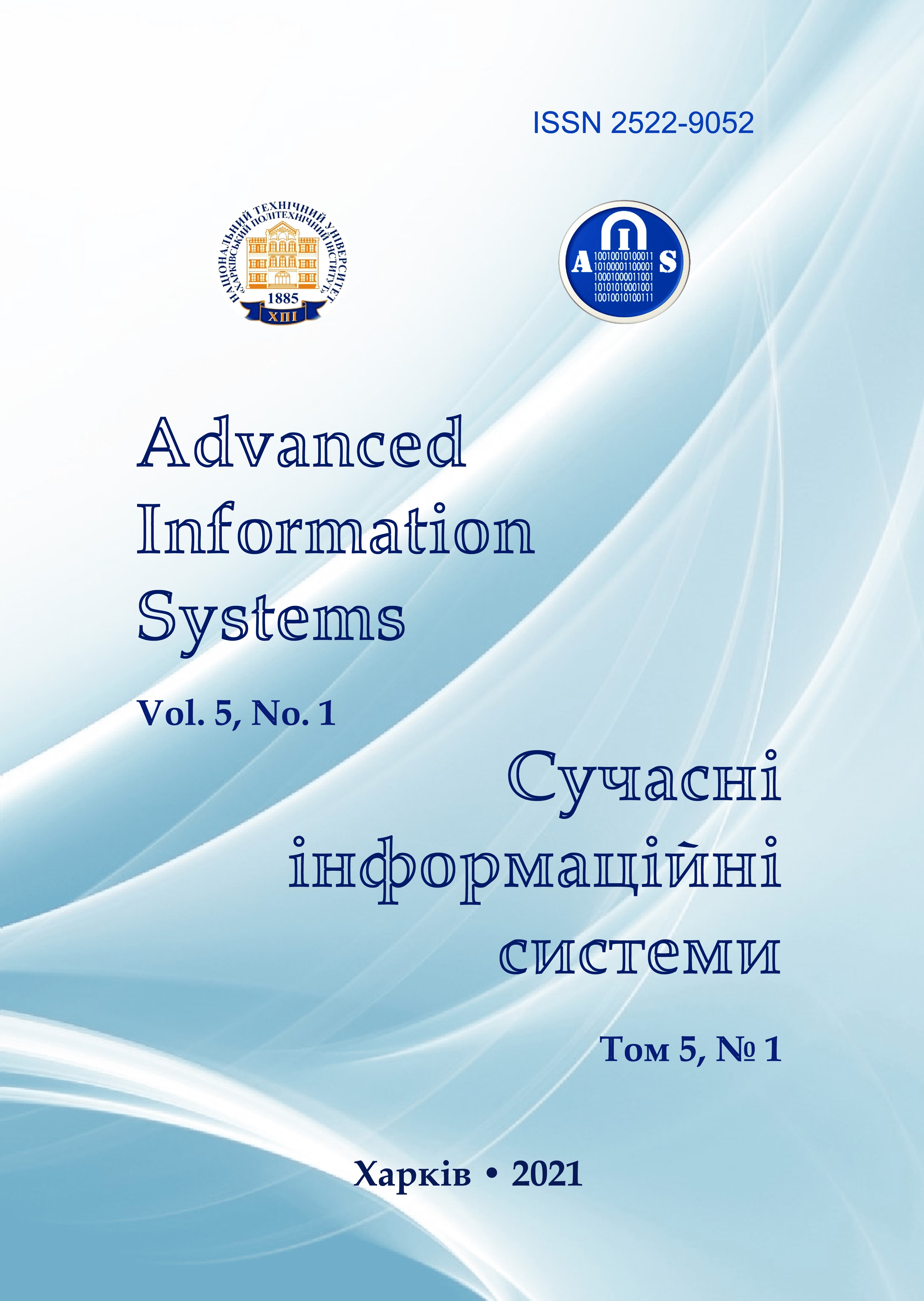DIGITAL IMAGE AUTHENTICATION MODEL
Main Article Content
Abstract
The development of new technologies, the growing volume of data and the total consumption of content in the digital environment are changing the ecosystem of modern media. Data can be easily and completely duplicated. It brings great convenience to life, work, scientific research and other areas of human activity. However, information security issues have appeared that have attracted a lot of attention. The purpose of this article is to present a model for digital image authentication. This article proposes a model for reliable verification of digital image authenticity with a high degree of protection and parameters for assessing the effectiveness of such systems. Reliability is achieved because the watermark is hidden not in the whole image, but in its fragment, which is most suitable for hiding the image, as well as for using anti-noise codes as a watermark. Based on the current state of watermarking methods, it is recommended to use modern algorithms and architectures of convolutional neural networks to ensure a high degree of security.
Article Details
References
Su, Q. (2016), “Novel blind colour image watermarking technique using Hessenberg de-composition”, IET Image Process, pp. 817– 829, DOI: https://doi.org/10.1049/iet-ipr.2018.6040.
Zhang, X., Peng, F. and Long, M. (2018), “Robust Coverless Image Steganography Based on DCT and LDA Topic Classifica-tion”, IEEE Trans. on Multimedia, Vol. 20, No. 12, pp. 3223-3238, DOI: https://doi.org/10.1109/TMM.2018.2838334.
Choudhary, R. and Parmar, G. (2016), “A robust image watermarking technique using 2-level discrete wavelet transform (DWT)”, 2nd International Conference on Communication Control and Intelligent Systems (CCIS), pp. 120-124, DOI: https://doi.org/10.1109/CCIntelS.2016.7878213.
Su, Q. (2019), “New Rapid and Robust Color Image Watermarking Technique in Spatial Domain”, IEEE Access, Vol. 7, pp. 30398-30409, DOI: https://doi.org/10.1109 /ACCESS.2019.2895062.
Ustubioglu, A. and Ulutas, G. (2017), “A New Medical Image Watermarking Technique with Finer Tamper Localization”, J. Digit Imaging 30, pp. 665-680, DOI: https://doi.org/10.1007/s10278-017-9960-y.
Hamidi, M., Haziti, M.E. and Cherifi, H. (2018), “Hybrid blind robust image watermarking technique based on DFT-DCT and Arnold transform”, Multimed Tools Appl 77, pp. 27181-27214, DOI: https://doi.org/10.1007/s11042-018-5913-9.
Islam, Mohiul, Amarjit, Roy, and Rabul Hussain, Laskar (2018), “Neural network based robust image watermarking technique in LWT domain”, Journal of Intelligent & Fuzzy Systems, Vol. 34.3, pp. 1691-1700, DOI:
https://doi.org/10.3233/JIFS-169462.
Kumar, Shishir, Neha, Jain, and Steven Lawrence, Fernandes (2017), “Rough set based effective technique of image water-marking”, Journal of Computational Science, Vol. 19, pp. 121-137, DOI: https://doi.org/10.1016/j.jocs.2016.11.009.
Parah, S.A., Sheikh, J.A. and Loan, N.A. (2018), “Utilizing neighborhood coefficient correlation: a new image watermarking technique robust to singular and hybrid attacks”, Multidim Syst Sign Process, Vol. 29, pp. 1095-1117, DOI: https://doi.org/10.1007/s11045-017-0490-z.
Munib, Summuyya, and Asifullah, Khan (2017), “Robust image watermarking technique using triangular regions and Zernike moments for quantization based embedding”, Multimedia Tools and Applications, Vol. 76.6, pp. 8695-8710, DOI: https://doi.org/10.1007/s11042-016-3485-0.
(2019), Copytrack Global Infringement Report 2019, International Image Theft in Comparison, available at: https://www.copytrack.com/wp-content/uploads/2019/04/190328_Global_Infringement_Report_2019_EN_Online.pdf.
A. Ramsha, M. Mohsin Riaz, and A. Ghafoor (2018), “Attack resistant watermarking technique based on fast curvelet trans-form and Robust Principal Component Analysis”, Multimedia Tools and Applications, Vol. 77, No. 8, pp. 9443-9453, DOI: https://doi.org/10.1007/s11042-017-5128-5.
Shehab, Abdulaziz, et al. (2018), “Secure and robust fragile watermarking scheme for medical images”, IEEE Access, Issue 6, pp. 10269-10278, DOI: https://doi.org/10.1109/ACCESS.2018.2799240.
Yarmolik, V.N., Portyanko, S.S. and Yarmolik S.V. (2007), Kriptografiya, steganografiya i ohrana avtorskogo prava, mono-grafiya, BGU, Minsk, 240 p.
Gribunin, V.G., Okov, I.N. and Turintsev I.V. (2002), Tsifrovaya steganografiya. Aspektyi zaschityi, Solon-Press, Moscow, 272 p.
